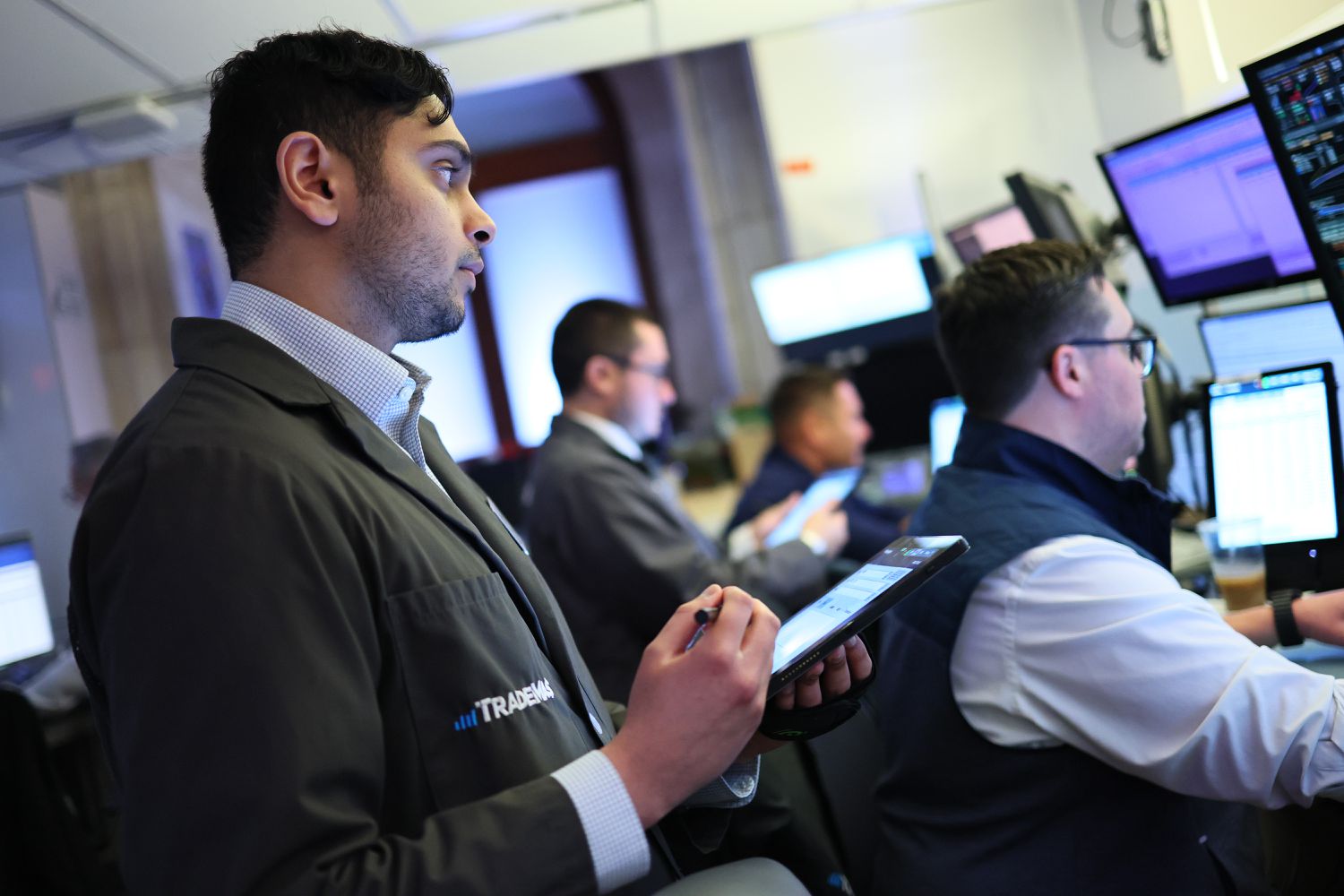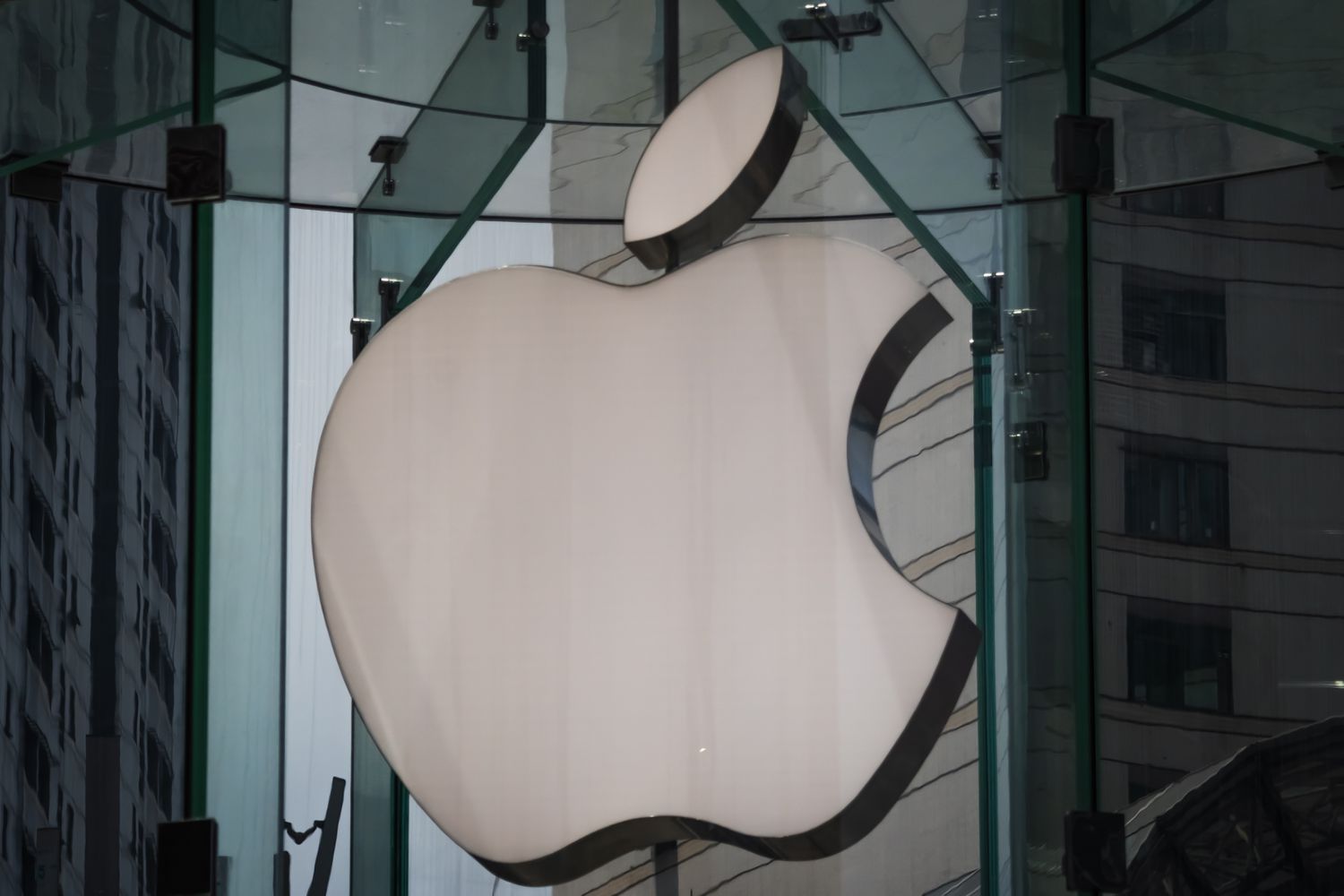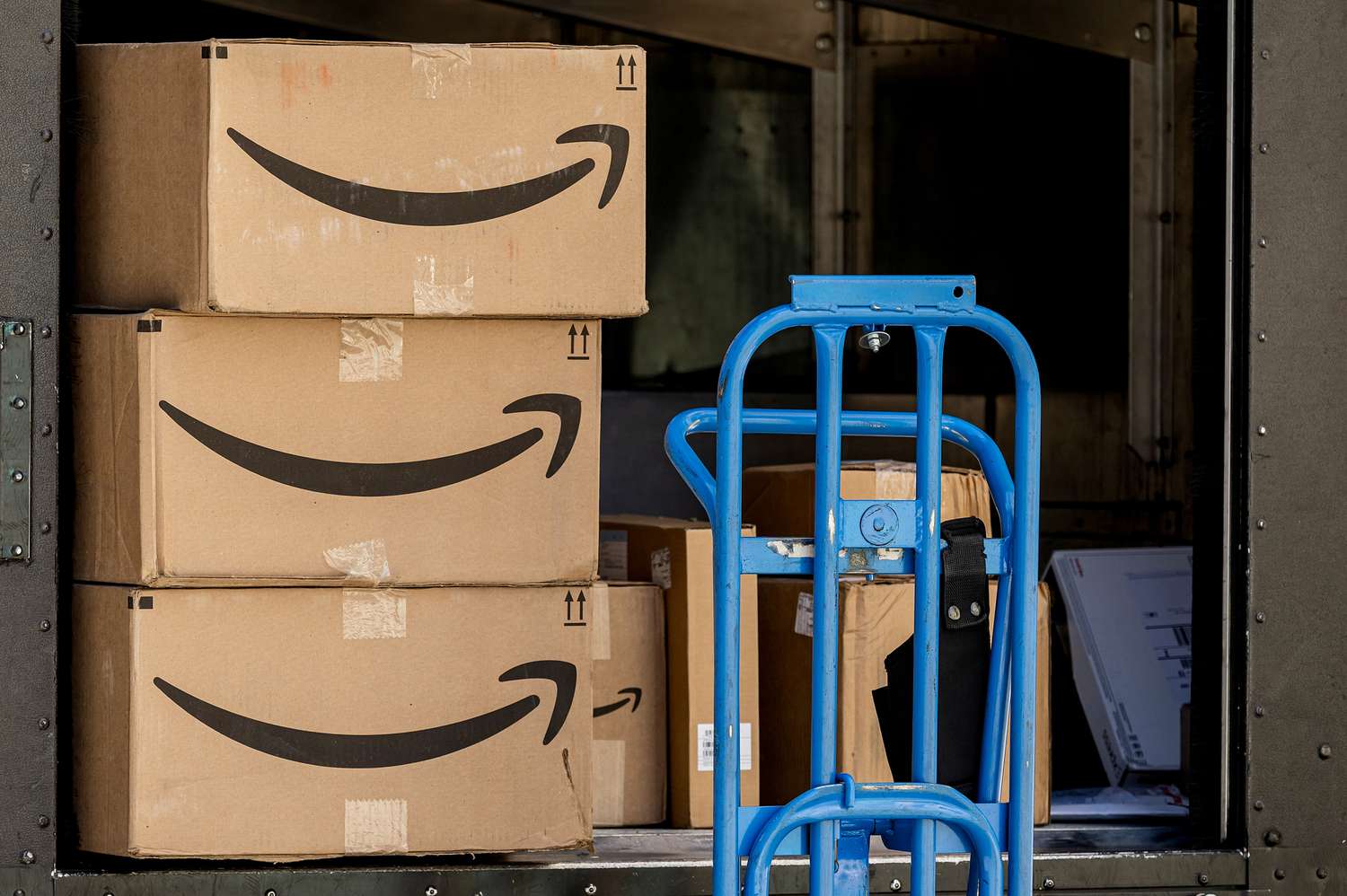How the “No-Buy” Challenge May Be Key to Building Wealth in 2025


On TikTok and Reddit, people are sharing their no-buy lists, detailing breakdowns of everything they plan to avoid purchasing in 2025. For Sako Makino, 24, that list includes full-priced skincare, certain beauty products, new books, some clothing items, candles, and more.
“I think part of the humor in this trend is highlighting how consumption-driven we are as a generation. I think Gen Z is incredibly self-aware, and we’re using this trend to kind of call ourselves out on our own bad habits,” Makino said.
A no-buy challenge involves listing products, items or services you want to avoid buying for a set period of time, anywhere from a week to a full year.
Key Takeaways
- The “no buy” challenge is a commitment to significantly reducing or eliminating non-essential shopping for a specific span of time.
- To create your own no-buy challenge, make a list of items or services that you want to avoid spending money on.
- To make it more manageable, you can opt for a shorter period of time or change the items on your list periodically.
Why People Are Taking on No-Buy Challenges
People’s motivations for doing the challenge vary. Some want to pay off their credit card debt, while others are simply trying to curb their spending and save more. When Makino created her list, she was motivated by concerns about market volatility and a potential recession.
TikTok isn’t the only social media platform the trend has appeared on, either. On Reddit, r/nobuy has 68,000 members where people share their no-buy lists, their frustrations with billionaires and wealth inequality, and celebrate wins in reducing their spending.
Barbara Ginty, a CFP and host of the Future Rich podcast, recommends these challenges as a good way to reduce impulsive spending, especially if you’re prone to making mindless purchases online.
“It’s really easy with, with how attached we are to our phones, to just click and buy these days—your credit card is already linked and there’s not a lot of forethought or process [when you’re shopping],” said Ginty.
Makino thinks the trend is not just a way for people to save more money, but also exists, in part, as a pushback against consumerism and influencer culture. According to a 2022 Pew Research Center survey, 30% of people said they had purchased something after seeing an influencer post about it on social media.
“It is exhausting to be constantly exposed to advertisements and marketing. I think taking part in a no-buy challenge for a lot of people is a way to ease that overstimulation from all the marketing,” said Makino.
Creating a Successful No-Buy Plan
Ginty doesn’t think people need to be overly restrictive with the rules of their no-buy challenge to be successful. Some might be able to tamp down on spending by simply implementing a rule that requires them to wait a month before making a purchase. She recommends rotating the items on your no-buy list each month to make it more manageable.
She explains that if you’re not buying lunch out this month, you can try not getting your nails done every week the following month. Having a goal in mind can also make adhering to the challenge easier.
“When you’re working on doing something temporary—like paying off the rest of your student loans or that credit card—and the challenge aligns with that [goal], then you’re done after that,” said Ginty.
On TikTok, content creator Elysia Berman said her no-buy year in 2024 helped her start to pay down nearly $50,000 in credit card debt. “Any desire to make impulsive purchases has been eradicated by my no-buy year,” Berman said in a TikTok in February.
While Makino has just started her no-buy challenge, she’s optimistic that she’ll be able to adhere to it for the rest of the year. She likes how the challenge helps gamify something that would otherwise be difficult to do, and she plans to try to avoid purchasing items while they’re full price (i.e., not on sale).
“I think doing the no-buy challenge has made me a lot more appreciative of the privilege I have—to be in a position where I can even have small luxuries to give up in the first place,” said Makino. “It’s definitely made me a lot more mindful and aware of how privileged I am.”
The Bottom Line
No-buy challenges are gaining traction among Gen Z as a way to cut spending, stay mindful of consumer habits, and push back against influencer-driven culture. Whether you’re trying to pay off debt or just take a break from impulse shopping, making a no-buy list could be a simple way to take control of your finances short-term and long-term.

















